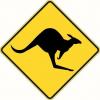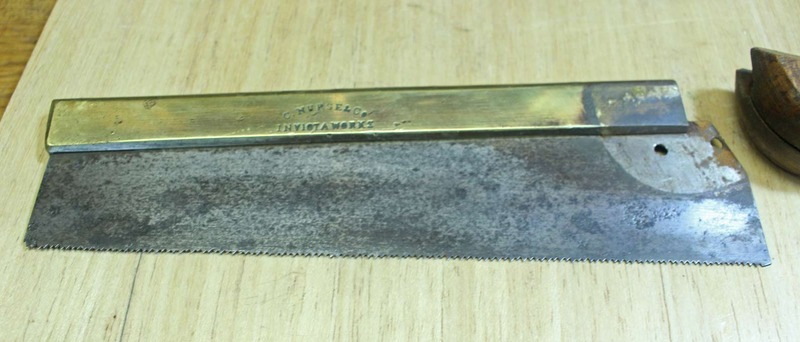So I've finally given up on it. No big deal, since it was an unbranded Tenon saw from probably the 1970's or 1980's. I think I paid about $10 for it. And when I bought it, I saw that the saw plate was warped, but I figured I could fix it. I've done that before. Here's what I didn't know when I bought it... It wasn't warped front to back, like I assumed. It was warped top to bottom. And the handle holding one end flat was causing it to appear to be warped front to back. But take off the handle, and you can clearly see that the saw plate is straight, front to back, but has a big and steady curve in it across the short side, from top to bottom.
On several occasions, I have spent a good amount of time trying to work the bend out of it, but it eventually works its way back. The metal's memory just wants to pull it back. And then it binds in the cut and won't track straight very easily. Maybe I could tension the plate with a ball peen hammer to get it to work, but I'm tired of messing with it. It was a cheap saw anyway. Besides, I'm not one to pass up on an excuse to buy a new tool.
Still, I've never seen a saw do that before. Has anyone else?




 Reply With Quote
Reply With Quote








